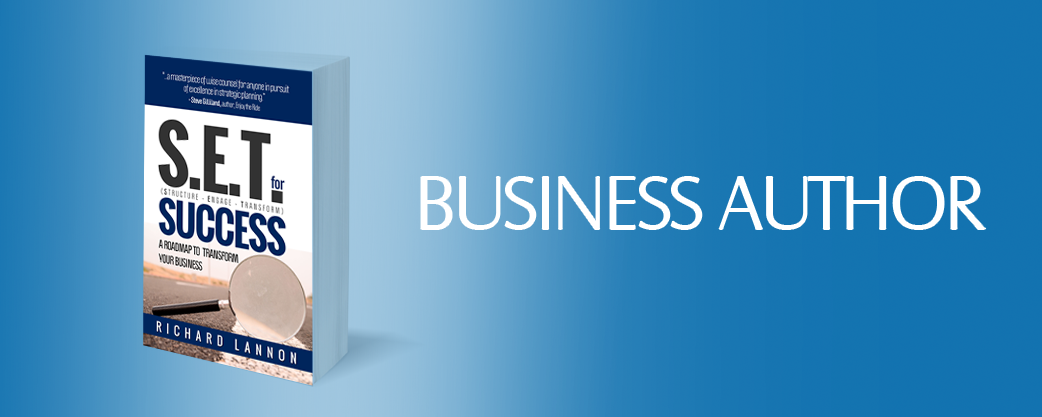Spring and summer is in the air and like most Canadians I can’t wait to spend time outdoors. I suspect you feel the same way. After living indoors all winter you are dreaming of those warm balmy summer days with the ever slight breeze, big blue open […]
Read more →Often when I am working with clients on a strategic business analysis, planning or roadmap engagement, I look to see if they are teaming with success. I learned the importance of this from my time at working with clients across various industries. This was recently reaffirmed, not […]
Read more →I believe you can design your business, career and life for your success. You and your business are the architects of your existence. The total sum of all the decisions you have made. With that in mind, I think you have no choice but to accept or […]
Read more →Today’s article is brought to you by the letter E. When traveling on business I make it a point to meet with business leaders and get their thoughts on a topic. I was in eastern Canada and had the opportunity to have dinner with the CEO of […]
Read more →This is one of the topics I have struggled with over the years. Not because I don’t feel I understand it but because I meet professionals who say, I don’t create the strategy or provide insight; it is given to me. What a load of bull. If […]
Read more →There are many definitions, tools, and techniques that can be applied to strategy analysis. If you do an internet search you will find all sorts of options available. The challenge is selecting the best approach, tools, and techniques to use given the business problem or opportunity. Another […]
Read more →













